Tea, a beloved beverage enjoyed by millions worldwide, derives its delicate flavors, aromas, and health benefits from careful cultivation and processing. However, even the finest tea leaves can lose their luster if stored improperly. Proper storage is not merely a recommendation but a necessity to preserve the integrity of tea, whether it is green, black, oolong, white, or herbal. This article explores the science behind tea degradation, the ideal conditions for storage, and practical tips to ensure your tea remains vibrant and flavorful for as long as possible.
Understanding the Enemies of Tea Quality
Before diving into storage solutions, it is crucial to identify the factors that threaten tea’s quality. Tea leaves are highly sensitive to their environment, and exposure to five primary elements can accelerate spoilage:
- Light: Ultraviolet (UV) rays from sunlight or artificial lighting break down chlorophyll and other pigments in tea, causing it to fade and develop a stale taste.
- Moisture: Even small amounts of humidity can lead to mold growth, off-flavors, and clumping.
- Oxygen: Oxidation, a natural process, intensifies when tea is exposed to air, leading to rancidity and loss of aroma.
- Heat: High temperatures degrade volatile compounds responsible for flavor and aroma.
- Odors: Tea leaves are porous and readily absorb surrounding smells, which can contaminate their natural scent.
Ideal Storage Conditions
To counteract these threats, tea should be stored in a cool, dark, dry, and odor-free environment. Here’s a breakdown of optimal parameters:
- Temperature: Maintain a consistent temperature between 15–25°C (59–77°F). Fluctuations can cause condensation, which introduces moisture.
- Humidity: Aim for relative humidity below 60%. Invest in a hygrometer to monitor levels, especially in humid climates.
- Light Protection: Use opaque containers or store tea in a cabinet, pantry, or drawer away from direct sunlight.
- Air Exposure: Minimize oxygen contact by using airtight containers.
Choosing the Right Container
The container you select plays a pivotal role in preserving tea. Here are the most effective options:
- Metal Tins: Stainless steel or tin-plated containers with airtight lids are excellent for blocking light and moisture. Avoid reactive metals like copper or iron, which may impart metallic flavors.
- Ceramic Jars: Glazed ceramic jars with rubber seals provide superior light and odor resistance. Ensure the glaze is intact to prevent cracks that could harbor moisture.
- Dark Glass Jars: Amber or cobalt blue glass jars filter out UV rays while offering a visual appeal. Pair them with tight-fitting lids, preferably metal clamps.
- Vacuum-Sealed Bags: For long-term storage, vacuum-sealed bags remove excess air and shrink the package, reducing oxidation. However, once opened, transfer the tea to a smaller airtight container to limit air exposure.
Avoid These Containers:
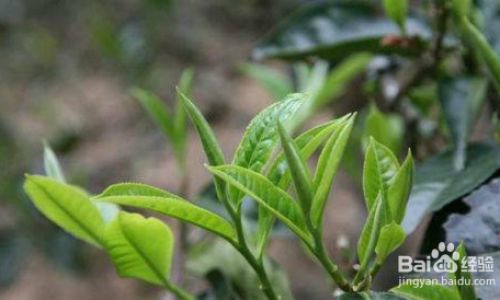
- Clear Plastic or Glass: Transparent materials allow light penetration, destroying flavor compounds.
- Plastic Tubs: Even opaque plastics can leach chemicals over time and fail to block odors adequately.
- Wooden Boxes: While aesthetically pleasing, wood is porous and can trap moisture or transfer woody aromas to the tea.
Strategic Location Placement
Where you store your tea matters just as much as how. Consider these guidelines:
- Avoid the Kitchen: Despite convenience, kitchen counters, windowsills, or near ovens/stoves expose tea to heat, light, and odors from cooking.
- Opt for a Pantry or Cupboard: These locations offer stability and darkness. Ensure shelves are clean and free of strong-smelling items like spices or detergents.
- Refrigeration: Use with Caution: While cold temperatures slow degradation, refrigerators pose risks. Tea can absorb odors from foods like onions or cheese. If refrigerating, seal the container tightly and allow the tea to reach room temperature before opening to prevent condensation.
- Freezing for Longevity: For rare or aged teas, freezing can extend shelf life. Use vacuum-sealed packaging and thaw slowly in the refrigerator before use.
Handling and Portioning Tips
Even with ideal storage, improper handling can compromise tea. Follow these practices:
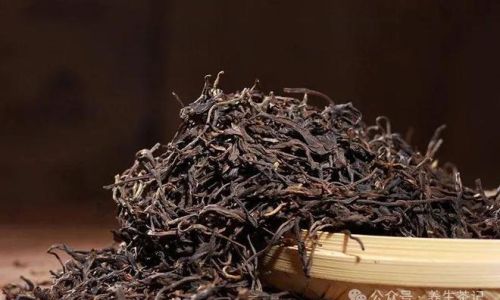
- Use Clean, Dry Utensils: Always scoop tea with a dedicated spoon or tongs to avoid transferring oils or bacteria from hands.
- Portion in Small Batches: If you purchase tea in large quantities, divide it into smaller airtight containers. This reduces the frequency of opening the main package, minimizing air exposure.
- Label Clearly: Note the tea type, purchase date, and expiration date (if available) on each container.
- Rotate Stock: Practice the “first in, first out” rule to ensure older tea is used before newer batches.
Common Mistakes to Avoid
- Storing Tea in the Fridge Without Sealing: As mentioned, refrigerators are odor magnets. Always double-wrap tea if using this method.
- Ignoring Humidity Levels: In humid regions, use silica gel packs inside containers to absorb excess moisture. Replace them every few months.
- Using Clear Containers: Even if stored in a dark place, clear containers risk light exposure when moved or inspected.
- Neglecting Expiration Dates: While tea doesn’t “spoil” like food, it loses flavor over time. Most loose-leaf teas peak within 6–24 months, depending on type.
- Mixing Different Teas: Aromatic teas like jasmine or Earl Grey can permeate milder varieties like white or green tea. Store them separately.
Special Considerations for Aged Teas
Some teas, such as pu-erh or aged oolong, intentionally undergo controlled fermentation. These require slightly different storage:
- Ventilation: Unlike other teas, pu-erh benefits from gradual oxidation. Store it in porous containers like clay jars or paper bags to allow slow airflow.
- Humidity Control: Maintain higher humidity (around 70–80%) for pu-erh to encourage microbial activity. Use a dedicated humidifier or a tray of water nearby.
- Consistency: Avoid drastic temperature swings, which can disrupt aging.
Conclusion: The Reward of Diligence
Proper tea storage is an investment in quality. By shielding tea from light, moisture, oxygen, heat, and odors, you safeguard its complex flavors and health benefits. Whether you’re a casual drinker or a connoisseur, these practices ensure every cup delivers the intended experience. Remember, tea is a living product—it evolves, and with care, it rewards you with depth and character long after harvest. So, take a moment to assess your storage methods today; your future self (and your taste buds) will thank you.
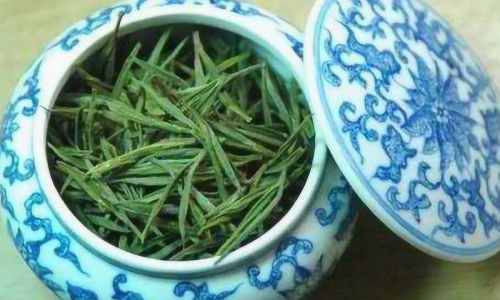
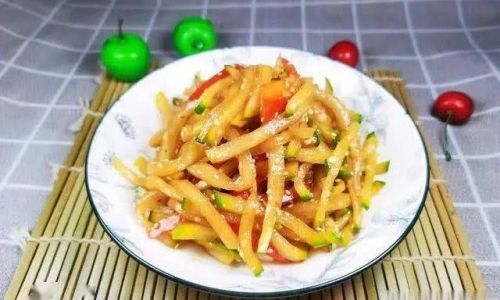
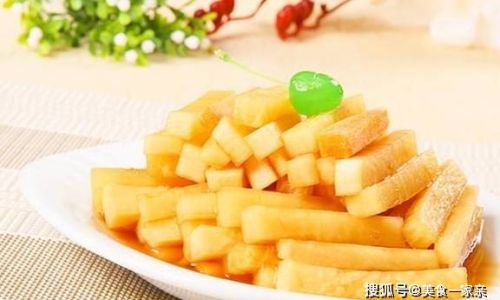
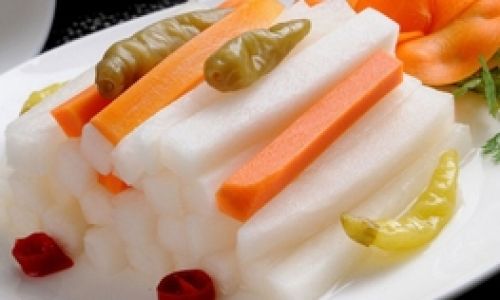
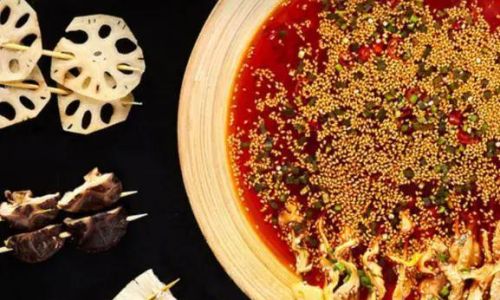

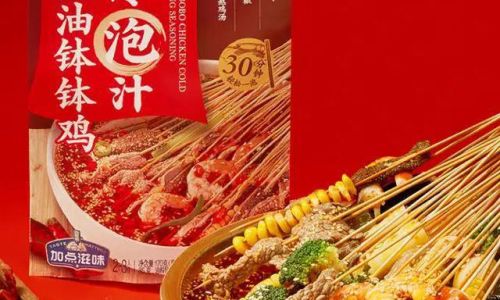
0 comments